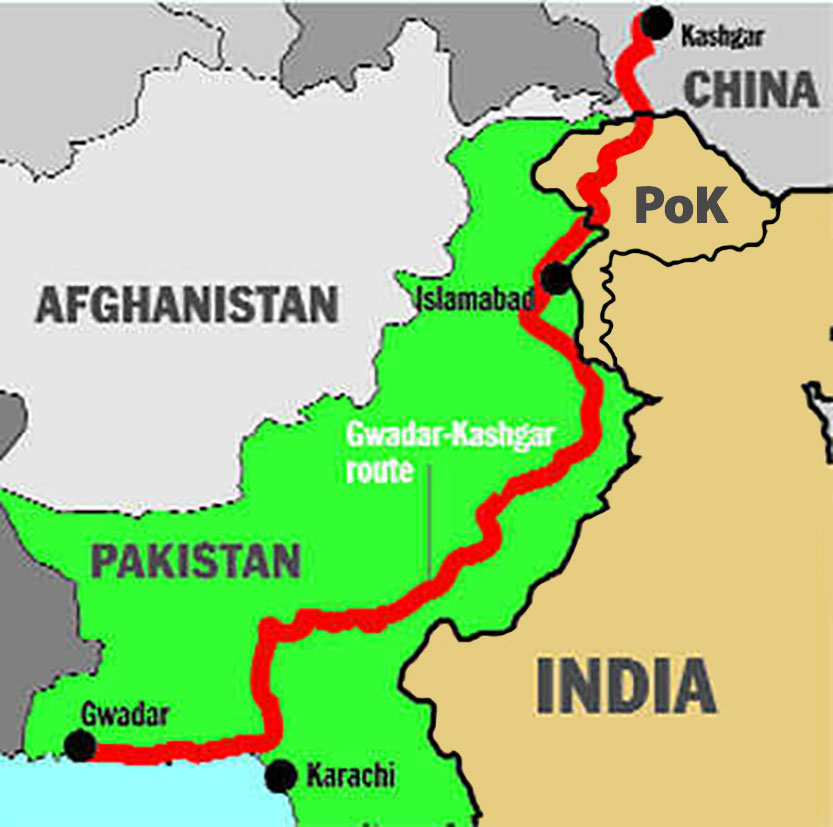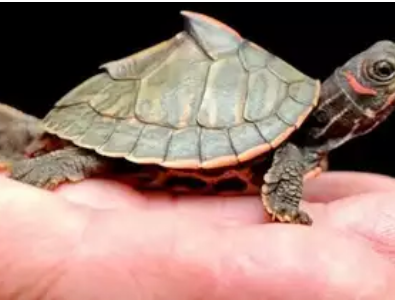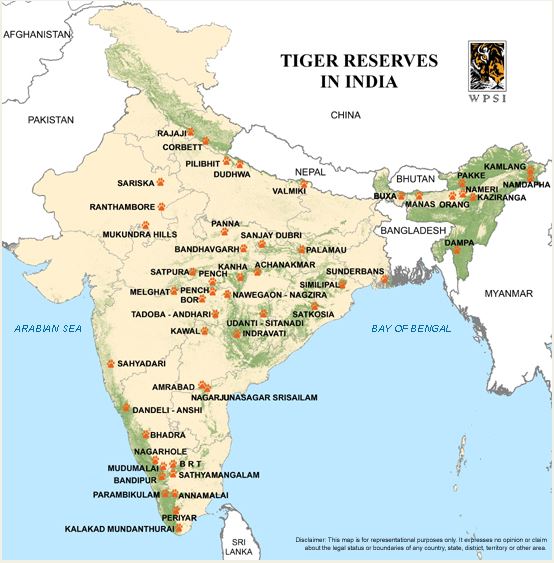International Day for the Elimination of Violence against Women
Why in News
United Nations observes 25th November as the International Day for the Elimination of Violence Against Women every year.
- The official theme for 2019 is “Orange the World: Generation Equality Stands Against Rape“.
- The day is observed to honour the Mirabal sisters, three political activists from the Dominican Republic who were brutally murdered in 1960 by order of the country’s ruler, Rafael Trujillo (1930-1961).
- International Day for the Elimination of Violence Against Women,2019 will mark the launch of 16 days of activism that will conclude on 10 December 2019 (International Human Rights Day).
- For 2020-2022, the UN Secretary-General’s UNiTE (to End Violence against Women campaign) will specifically focus on the issue of rapes committed against women in times of peace or war.
Key Points
- Global Scenario:
- Every third of all women and girls experience physical or sexual violence in their lifetime.
- 1 in 2 women killed worldwide were killed by their partners or family in 2017; while only 1 out of 20 men were killed under similar circumstances.
- Only 52% of married women freely make their own decisions about sexual relations, contraceptive use, and healthcare.
- 71% of all human trafficking victims worldwide are women and girls in which 3 out 4 women are sexually exploited.
- National Scenario:
- According to the National Crime Records Bureau (NCRB) report, 3.59 lakh cases of crime against women were reported in the country in 2017.
- Uttar Pradesh reported the highest number of crimes against women whereas Madhya Pradesh registered the highest number of rape cases in the country.
- Arunachal Pradesh, Goa, Himachal Pradesh, Manipur, Meghalaya, Mizoram, Nagaland, Sikkim, Tripura - registered the lowest figures of crimes against women.
Global Conventions
- The Convention of the Elimination of All Forms of Discrimination against Women (CEDAW), 1979 was adopted by the UN General Assembly to prevent violence against women and girls worldwide.
- The Declaration on the Elimination of Violence Against Women was issued by the UN General Assembly in 1993.
- It defines violence against women as “any act of gender-based violence that results in physical, sexual or psychological harm including threats of such acts, deprivation of liberty, etc. occurring in public or in private life.”
- SDG-5 targets for gender equality in the world by 2030.
Steps Taken by the Indian Government
- Constitutional Safeguards:
- Fundamental Rights: It guarantees all Indian women equality (Article 14), no discrimination by the State on the basis of gender (Article 15(1)) and special provisions to be made by the State in favour of women (Article 15(3)).
- Directive Principles of State Policies (DPSP): It ensures equal pay for equal work (Article 39 (d)).
- Fundamental Duties: It ensures that practices derogatory to the dignity of women are prohibited under Article 51 (A).
- Protection of Women from Domestic Violence Act 2005:
- It provides victims of domestic violence with a means for practical remedy through prosecution.
- The Dowry Prohibition Act 1961:
- It prohibits the request, payment or acceptance of a dowry.
- The sexual Harassment of Women at Workplace (Prevention, Prohibition, and redressal) Act, 2013:
- This legislative act seeks to protect women from sexual harassment at their place of work.
Review Petition
Why in News
The Supreme Court has agreed to review its Sabarimala verdict.
Key Points
- Constitutional Provision: Under Article 137 of the Constitution, the Supreme Court has the power to review any of its judgments or orders.
- Scope of Review
- The Court has the power to review its rulings to correct a “patent error” and not “minor mistakes of inconsequential import”. A review is by no means an appeal in disguise.
- That means the Court is allowed not to take fresh stock of the case but to correct grave errors that have resulted in the miscarriage of justice.
- Filing Review Petition
- As per the Civil Procedure Code and the Supreme Court Rules, any person aggrieved by a ruling can seek a review. This implies that it is not necessary that only parties to a case can seek a review of the judgment.
- A Review Petition has to be filed within 30 days of the date of judgment or order.
- In certain circumstances, the court can condone the delay in filing the review petition if the petitioner can establish strong reasons that justify the delay.
Note: It needs to be noted that judgment is a final decision in a case whereas order is an interim ruling that is subject to its final judgement.
- Grounds for Considering Review Petition
- It needs to be noted that the Court does not entertain every review petition filed. It exercises its discretion to allow a review petition only when it shows the grounds for seeking the review.
- The Supreme Court has laid down three grounds for seeking a review of a verdict it has delivered:
- The discovery of new and important matter or evidence which, after the exercise of due diligence, was not within the knowledge of the petitioner or could not be produced by him;
- Mistake or error apparent on the face of the record; or
- Any other sufficient reason that is analogous to the other two grounds.
- Procedure in the Court
- Review petitions are ordinarily be entertained without oral arguments by lawyers. Thus, it is heard “through circulation” by the judges in their chambers.
- However, in exceptional cases, the court allows an oral hearing. In a 2014 case, the Supreme Court held that review petitions in all death penalty cases will be heard in open court by a Bench of three judges.
- Review petitions are also heard by the same combination of judges who delivered the original order or judgment that is sought to be reviewed.
- Option after Review Petition Fails
- In Roopa Hurra v Ashok Hurra case (2002), the Court evolved the concept of a curative petition, which can be heard after a review petition is dismissed. Anyhow, the Supreme Court’s verdict cannot result in a miscarriage of justice.
- A curative petition is also entertained on very narrow grounds like a review petition and is generally not granted an oral hearing.
Viability of BRI and CPEC
Why in News
Recently, U.S. criticised China’s international development projects and lending practices under its Belt and Road Initiative (BRI) and has questioned the China Pakistan Economic Corridor (CPEC), on its commercial viability.
Key Points
- Opacity on Lending: China does not provide any report on the lending despite being the largest lender globally which makes it difficult for the Paris Club or IMF to monitor the financial transactions.
- Lack of transparency works as a means to hide risks from the countries that borrow from China.
- Failure to repay the loans stops further development and leads to the surrender of strategic assets diminishing the sovereignty of such countries.
- Hambantota Port in Sri Lanka and a runway in the Maldives are examples of China financing projects of questionable commercial viability, resulting in unsustainable debt. In 2017, Sri Lanka handed over a majority stake and a 99-year operating lease to Chinese state-owned enterprises as it could not service the debt owed to China.
- China benefited after its Open Door Policy when U.S., European and Japanese companies opened shops there but it has not done the same in Pakistan under CPEC.
- Even though China is not a member of the Paris Club, it offers finances and loans to other countries.
- Such issues have raised doubts on the ulterior motive of China in the garb of BRI.
Open Door Policy
- It was a trade agreement between the United States, China, Japan and several European countries.
- It was issued in 1899-1900 and intended to protect the rights of all countries to trade equally with China and confirming multi-national acknowledgement of China’s administrative and territorial sovereignty.
Paris Club
- It is an informal group of official creditors whose role is to find coordinated and sustainable solutions to the payment difficulties experienced by debtor countries.
- It provides debt treatments to debtor countries in the form of rescheduling (postponement) or by concessional rescheduling (reduction in debt service obligations during a defined period).
- It was founded in 1956 and has 22 members currently.
China Pakistan Economic Corridor
- It is a bilateral project between Pakistan and China, intended to promote connectivity across Pakistan with a network of highways, railways, and pipelines accompanied by energy, industrial and other infrastructure development projects.
- CPEC links the Western part of China (Xinjiang) to the Gwadar Port in Balochistan, Pakistan via Khunjerab Pass in Northern Pakistan.
India’s Stand
- India has objected to part of the corridor that runs through Pakistan Occupied Kashmir (PoK) because it infringes Indian sovereignty.
- India is a member of the Quad (India, the U.S., Australia and Japan) which can provide realistic alternatives for countries looking for infrastructure and be an alternative to China.
Etalin Hydroelectric Project
The Central Government has recommended a biodiversity study of the proposed 3,097 MW Etalin Hydroelectric Project in Arunachal Pradesh by a credible international institute since the current environmental impact assessment was found to be “completely inadequate”.
- Location
- The Project is based on the river Dibang. It is proposed to be completed in 7 years.
- Dibang is a tributary of the Brahmaputra river which flows through the states of Arunachal Pradesh and Assam.
- It envisages construction of two dams over the tributaries of Dibang: Dir and Tangon.
- The Project falls under the “richest bio-geographical province of the Himalayan zone” and would be located at the junction of the Palaearctic, Indo-Chinese and Indo-Malayan bio-geographic regions.
- The Project is based on the river Dibang. It is proposed to be completed in 7 years.
- Significance
- The Project is in accordance with the Government’s push to establish prior user rights on rivers that originate in China and an effort to fast-track projects in the north-east.
- It is expected to be one of the biggest hydropower projects in India in terms of installed capacity.
- Concerns
- A total of 18 villages consisting of 285 families are expected to be affected by the proposed project.
- It would entail felling 2,80,677 trees and threatens the existence of globally-endangered mammal species.
Note:
- The Biogeographic Zones are the large distinctive units of similar ecology, biome representation, community and species, e.g., The Himalaya, The Western Ghats.
- Palaearctic Zone includes arctic and temperate Eurasia, and all islands surrounding the continent in the Arctic, in the sea of Japan, and the eastern half of the North Atlantic. It thus also includes the Macaronesian islands, Mediterranean North Africa and Arabia.
- The Indo-Malayan Zone’s natural boundaries contain tropical Asia from the Balochistan mountains of Pakistan eastward to the Indian subcontinent south of the Himalayan crest, including the tropical southern fringe of China with Taiwan, the whole of SouthEast Asia, and the Philippines.
70th Constitution Day
Key Points
- On 26 November 1949, the Constituent Assembly of India adopted the Constitution of India, and it came into force on 26 January 1950.
- Jammu and Kashmir will celebrate it for the first time since the abrogation of Article 370.
- It aims-
- To publicize the glorious and rich composite culture and diversity of our nation.
- To create awareness of Fundamental Duties as enshrined in the Indian Constitution.
- To reiterate and reorient the citizens towards the values and principles expressed in the Indian Constitution.
- To encourage all Indians to play their rightful role in strengthening Indian Democracy.
Smog Tower in Delhi
Why in News
A smog tower is being planned for the National Capital Region (NCR)-Delhi to create a clean air zone in the region.
- The smog tower is one of the devices to control air pollution in NCR-Delhi.
- It is expected to reduce particulate matter by 50% in the area.
- The filters being installed would use carbon nanofibres as a major component.
- The proposed smog tower is focused only on reducing particulate matter load at present.
- It will majorly help to reduce the severity of air pollution in NCR-Delhi.
Smog Tower
- Smog towers are structures designed to work as large-scale air purifiers.
- They are usually fitted with multiple layers of air filters, which clean the air of pollutants as it passes through them.
- China has the world’s largest smog tower and has reduced PM 2.5 by 19% in an area of around 6 sq km in the tower’s vicinity.
Assam Roofed Turtle
The Assam Roofed Turtle (Pangshura sylhetensis) is a small freshwater turtle. 
- Habitat: Primarily in running waters in the hills of northeastern India and northeastern and southeastern Bangladesh.
- Threatened by
- Logging of primary forests that causes siltation,
- Capture for food and the pet trade, and
- Incidental capture in fishing gear.
- Protection Status
- IUCN: Endangered
- CITES: Appendix II.
- India’s Wildlife Protection Act, 1972 : Protected under Schedule I
Panna Tiger Reserve
Why in News
The tiger reintroduction project in Panna tiger reserve has completed a decade making it one of the best models of conservation in the world.
- The Panna tiger reserve is situated in the Vindhya mountain range in the northern part of Madhya Pradesh.
- Madhya Pradesh has the highest number of tigers in the country.
- Ken river (a tributary of the Yamuna River) flows through the reserve.
- The region is also famous for Panna diamond mining.
- Ken-Betwa river interlinking project will be located within the tiger reserve.
